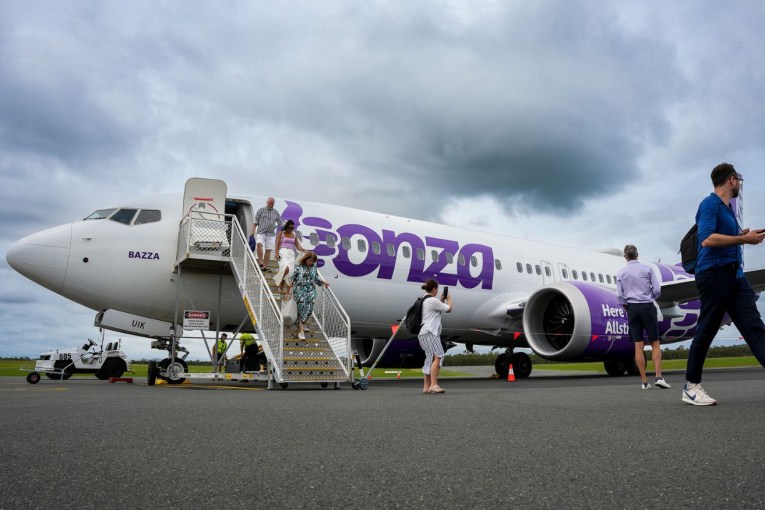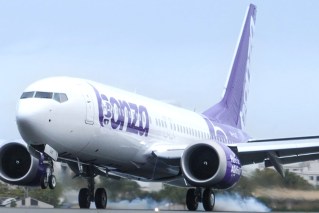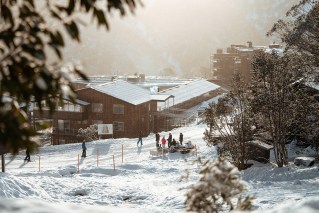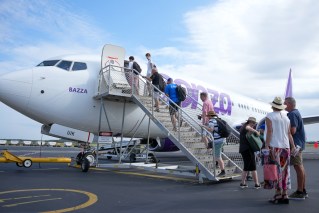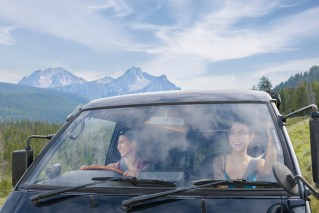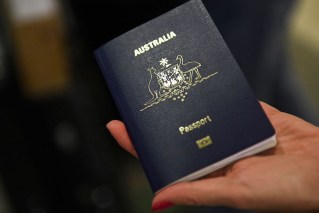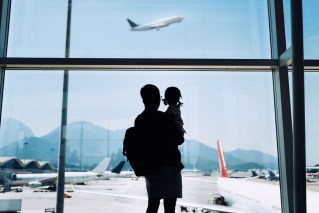How to travel safely in bushfire season

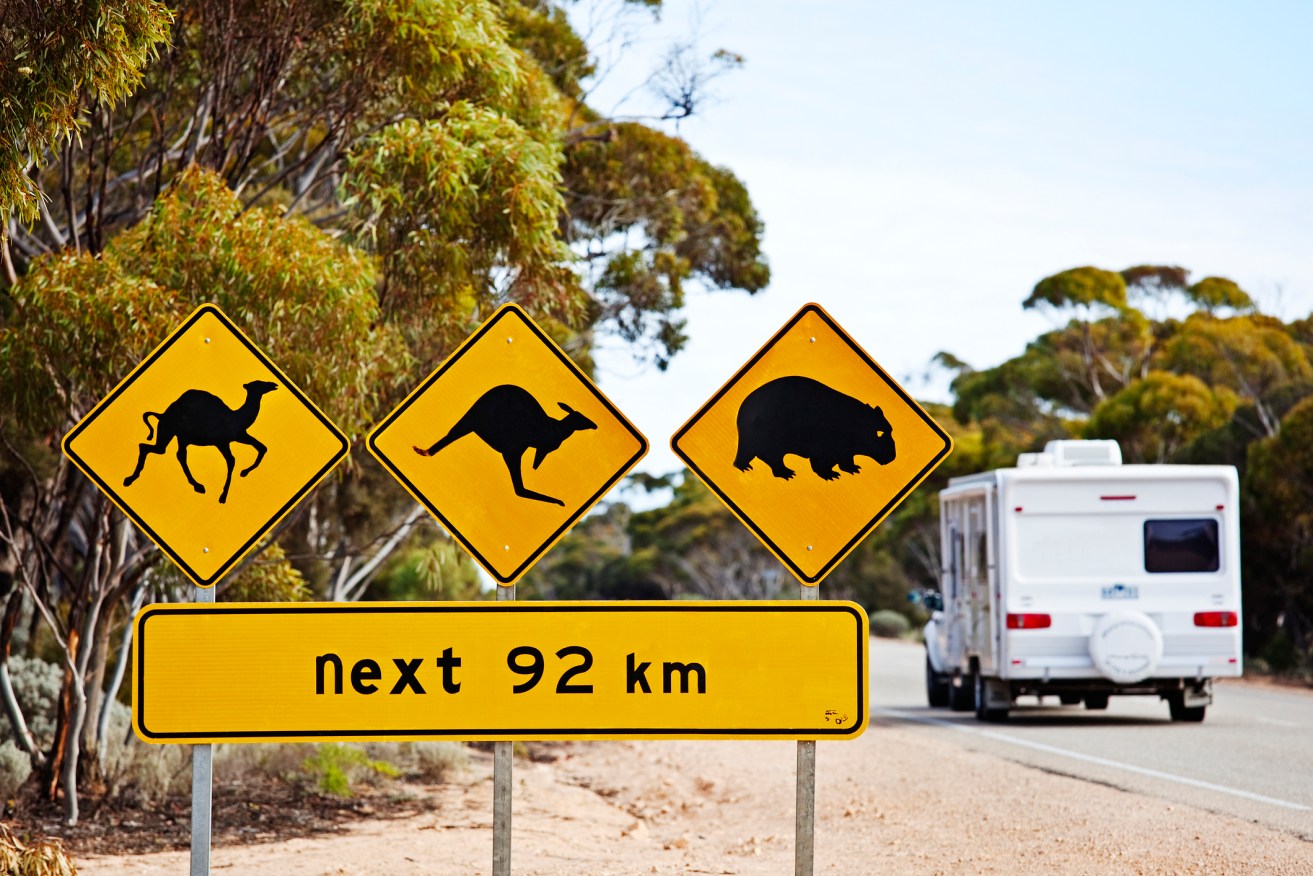
For many Australians, summer is synonymous with road trips.
Unfortunately, the same conditions that make for great beach weather are also prime for fires – as we’ve already seen this spring.
Which begs the question: How can we travel safely in bushfire season?
In 2022, 108 million of us travelled around the country by road, making it our most popular form of travel.
There’s no doubt that ebb and flow of people makes any bushfire situation harder to manage, according to Angela Burford of the New South Wales Rural Fire Service (RFS).
“Generally speaking, people just pick up and go on holidays, and even though bushfires are part of our landscape, they’re often an afterthought,” Burford said.
That lack of preparation can leave people unsure of what to do, if a situation arises.
“Unfamiliar factors mean it’s harder for people to make informed decisions,” she said.
“They may not be familiar with the area, or know alternative ways out. It definitely adds a layer of complexity for us.”
Of course, regional travel is crucial.
In the year ending June 2023, Tourism Research Australia figures show that regional spend made up 54 per cent of total domestic overnight spending, so it’s important that people continue to explore the country.
Given the conditions forecast for this summer, the key is to prioritise safety by planning ahead.
Here’s Burford’s advice on how to travel safely in bushfire season.
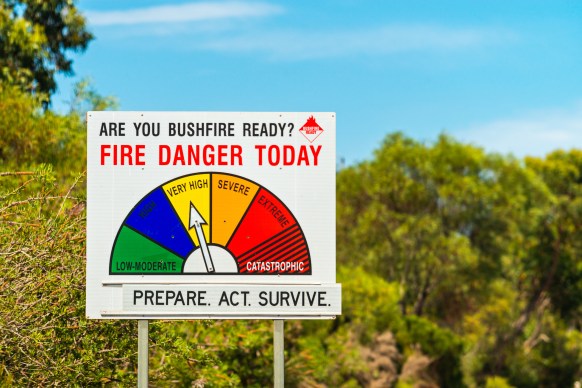
Take heed of bushfire danger levels. Photo: Getty
Check the fire danger rating
Before setting off, find out whether there are fires anywhere near your destination – or along the route you’ll take to get there.
“There’s a plethora of information on current fires,” says Burford, so head online to find out what’s going on in the state or territory you’re visiting, whether it’s the ACT, NSW, the NT, QLD, SA, Tas, Vic or WA.
Bear in mind that the situation can change without warning, so keep yourself informed, and be prepared to cancel your trip if those are the recommendations.
Make a bushfire survival plan
“In most cases, even people who have a bushfire plan for their place of residence, may not have one for their destination,” says Burford.
Safety information may be provided at your accommodation, but that’s not always the case, and shouldn’t be relied upon.
My Fire Plan is an online tool that breaks down the task into easy steps, including elements such as what to pack, where you’ll go and how to get there.
“Whether you just use it online as a prompt for the conversation, or you print it out and develop a formalised bushfire survival plan, this makes things a lot easier – and it can be used for your home or a destination you’re travelling to.”
Pack an emergency kit
As a tourist, there should be no debate about whether to stay and defend your accommodation.
“If it’s not your property, leaving early is your safest option,” Burford said.
With that in mind, have a bag packed and ready at all times.
This should include essentials such as cash, medication, torch, food and water – both for yourselves and any pets travelling with you.
Detailed suggestions for what to pack can be found at My Fire Plan.
Burford warns against relying on phone and internet service.
“Comms towers can be affected by fires, and suddenly we don’t have those resources that we’re so used to. A battery-operated radio is a great idea when travelling. Then, at the very least, you can get the local ABC that will be streaming emergency information.”
Don’t believe the myths
With many of us heading towards the coast during warmer months, Burford flags the common misconception that the beach is safe from bushfires.
“About 90 per cent of homes lost are not actually from the fire front, but from embers travelling ahead of it, which can start spot fires around a property, or in the gutter or roof cavity.”
She points to the example of a recent bushfire in Bega, NSW.
“That fire started many kilometres to the west, and the wind was pushing spot fires ahead of it, which is how it reached all the way to the east coast. Be mindful that bushfires can start anywhere.”
If you spot a fire that’s unattended by emergency services, call Triple Zero immediately.









